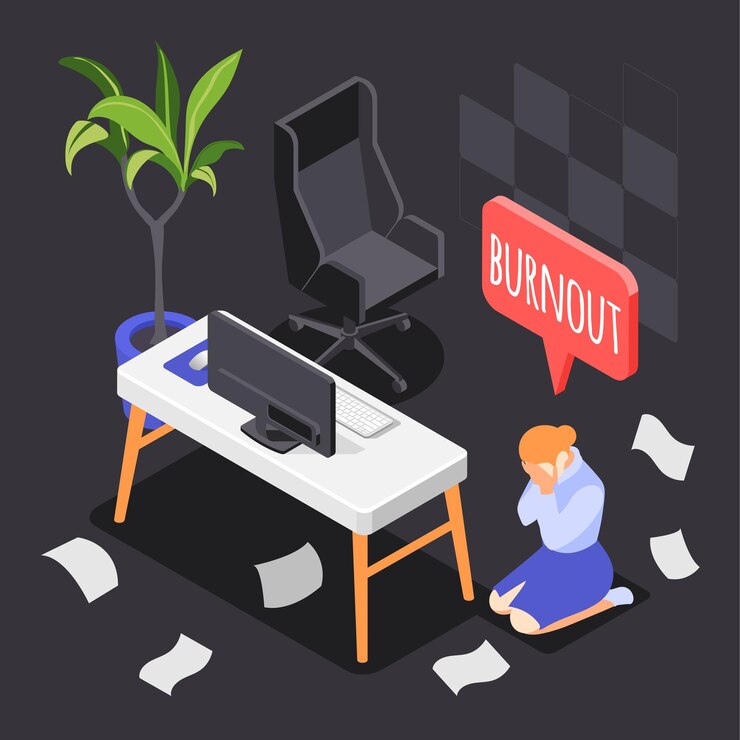Table of Contents
ToggleEmployee burnout is a growing concern in today’s fast paced work environments. It’s characterized by chronic physical and emotional exhaustion, cynicism, and a feeling of reduced accomplishment. Burnout not only affects individual employees but also impacts overall organizational productivity and morale. Here are effective strategies to prevent employee burnout and foster a healthier, more productive workplace.
1. Promote Work Life Balance
Encourage employees to maintain a healthy work life balance. Implement policies that discourage working beyond regular hours and promote taking breaks. Flexible working hours and remote work options can also help employees manage their personal and professional lives more effectively.
Day Off
The #1 tracker for your team’s PTO, vacations and absences, Day Off will help you to Manage PTO and absences in one place. In seconds you will set up your leave policies, approval workflow and enjoy a unique experience.
The “Day Off” app concept revolves around providing users a platform to manage their personal, sick, and vacation days more effectively. features aimed at both individual employees and organizations.
- Employees can track their balances up to date information about their available time off.
- You can add unlimited numbers of employees.
- Supports various leave types (e.g., annual, sick, maternity/paternity leave) and Supports Days and Hours balance, you can add unlimited numbers of leave types and leave policies.
- You can Customize week starting day settings according to your company’s operational days.
- Setting up public holidays specific to your country or region, by importing holidays from Google.
- The app can integrate with ( Slack, Google Calendar, Outlook Calendar and Teams)
- Supports Accruals & Carry overs.
2. Monitor Workloads
Ensure that workloads are manageable and evenly distributed. Regularly check in with employees to assess their workload and provide support where needed. Avoid overloading employees with tasks that exceed their capacity.
3. Provide Adequate Resources and Support
Equip employees with the necessary resources and support to perform their jobs efficiently. This includes providing proper training, access to tools and technology, and ensuring that there are enough team members to handle the workload.
4. Foster a Positive Work Environment
Create a supportive and positive work culture where employees feel valued and appreciated. Recognize and reward employees for their hard work and contributions. Encouraging open communication and providing opportunities for social interaction can also boost morale.
5. Encourage Regular Breaks
Promote the importance of taking regular breaks during the workday. Encourage employees to step away from their desks, take a walk, or engage in activities that help them recharge. Consider implementing policies that mandate break times to ensure employees take them.
6. Provide Mental Health Support
Offer mental health resources and support programs. This can include access to counseling services, mental health days, and stress management workshops. Ensure that employees feel comfortable seeking help when they need it.
7. Set Realistic Goals and Expectations
Set achievable goals and clear expectations for employees. Unrealistic targets can lead to unnecessary stress and burnout. Regularly review and adjust goals to match the capabilities and workload of employees.
8. Encourage Professional Development
Provide opportunities for professional growth and development. Encourage employees to pursue training, attend workshops, and take on new challenges. This not only helps in skill development but also keeps employees engaged and motivated.
9. Promote Healthy Habits
Encourage employees to adopt healthy habits, such as regular exercise, a balanced diet, and sufficient sleep. Consider offering wellness programs or initiatives that promote physical and mental well-being.
10. Lead by Example
Leadership plays a crucial role in setting the tone for workplace culture. Managers and leaders should model healthy work habits and demonstrate a commitment to work-life balance. This sets a positive example for employees to follow.
Conclusion
Preventing employee burnout requires a proactive approach and a commitment in creating a supportive and balanced work environment. By promoting work life balance, monitoring workloads, providing adequate support, and fostering a positive workplace culture, organizations can help their employees thrive and maintain their well being. In turn, this leads to a more productive, engaged, and satisfied workforce.
